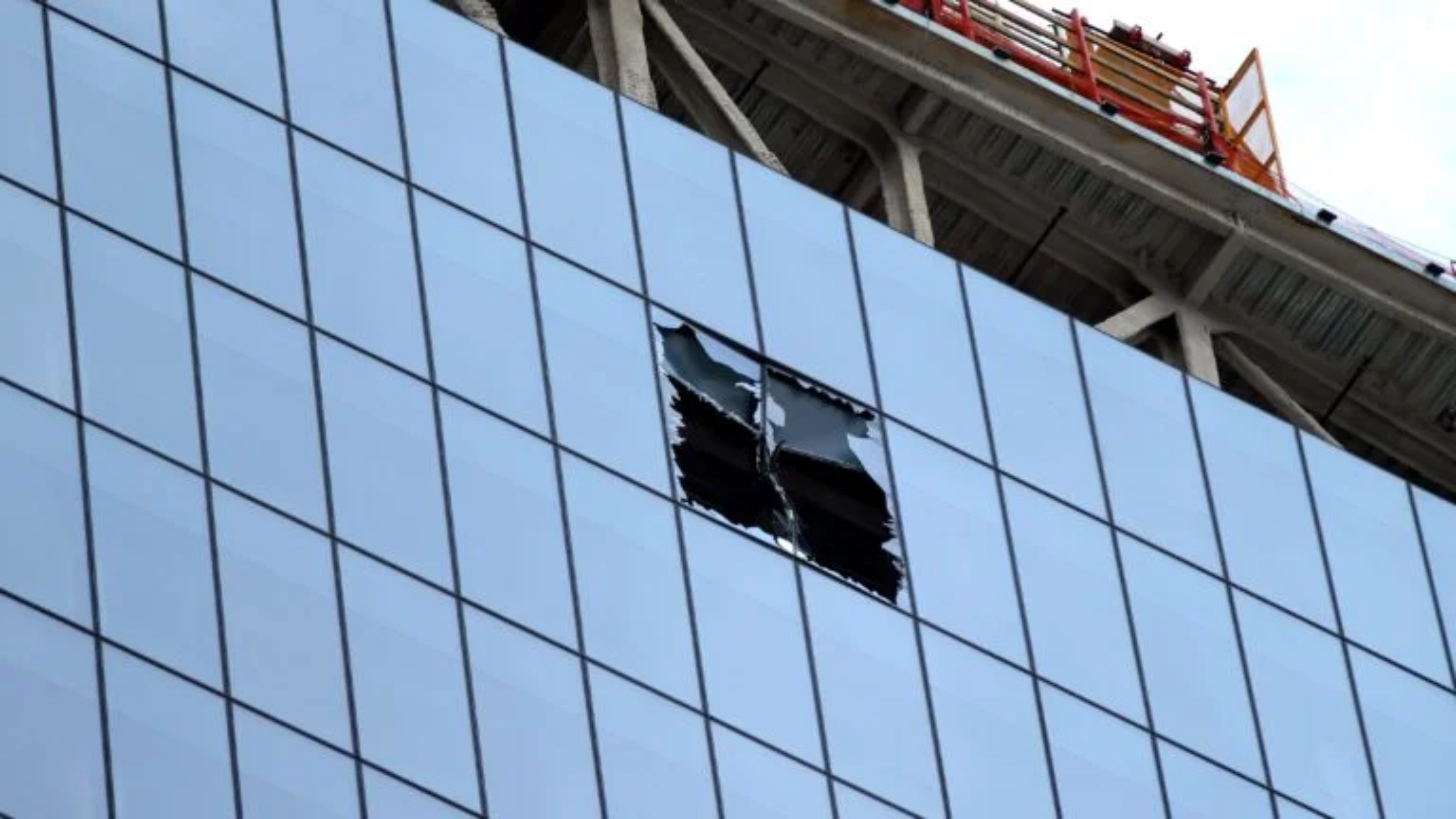Work on a condo tower being erected at Boston’s South Station was halted for less than a week after a steel concrete form fell and smashed windows on the structure. The Occupational Safety and Health Administration is investigating but hasn’t released its findings yet.
Suffolk Construction Company has been contracted for a 51-story mixed-use project that includes office, residential, and parking spaces. The tower is being built directly above Metro Boston Transit Authority’s South Station rail and bus terminal.
The large piece of steel fell more than 20 stories before becoming lodged in the South Station commuter rail platform roof. No injuries were reported.
Suffolk Construction announced that it had agreed to halt work on the project while investigators investigated the matter. Work resumed six days after the steel fell. It is still unclear what caused the steel, which was described in some reports as a steel concrete form, to fall, damage the building, and lodge itself into the roof of the MBTA South Station.
Falling objects are common in construction
While workers and commuters navigating Boston’s South Station construction site dodged a bullet when a large piece of steel recently fell from the under-construction tower, this isn’t an uncommon occurrence on construction sites.
Falling objects are common. Although not always fatal, OSHA noted that some incidents do lead to fatalities.
The reason: Lack of proper worker training, incorrect use of tools or equipment, and malfunctioning equipment are sometimes the causes of these dropped objects.
Other reasons for potentially deadly drops of materials include:
1. Improperly securing tools
2. Wrongly stacking tools, equipment, or materials
3. Inadequately securing loads on a boom, crane, or hoist
4. Not using safety devices designed to stop falling debris and objects
5. Operating in poor working conditions (especially wind)
Tips to reduce injury from falling objects
To lower the chance of injury from falling objects, there are a few steps workers can take.
1. Always wear PPE, including helmets, goggles, and hard-toe boots
2. Never walk or stand under heavy equipment, such as beneath a front loader, hoist, or crane, particularly when it’s loaded
3. Use the proper safety equipment for the job you are doing
4. Never stack materials or objects too high
5. Inspect equipment and tools before using them
6. Never use faulty equipment or tools
7. Secure tools and equipment properly when the workday is over
8. Block off areas where fall hazards may exist
9. Inspect PPE before using it to confirm it meets manufacturers’ recommendations
10. Keep all material a minimum of 3 feet from a leading edge


